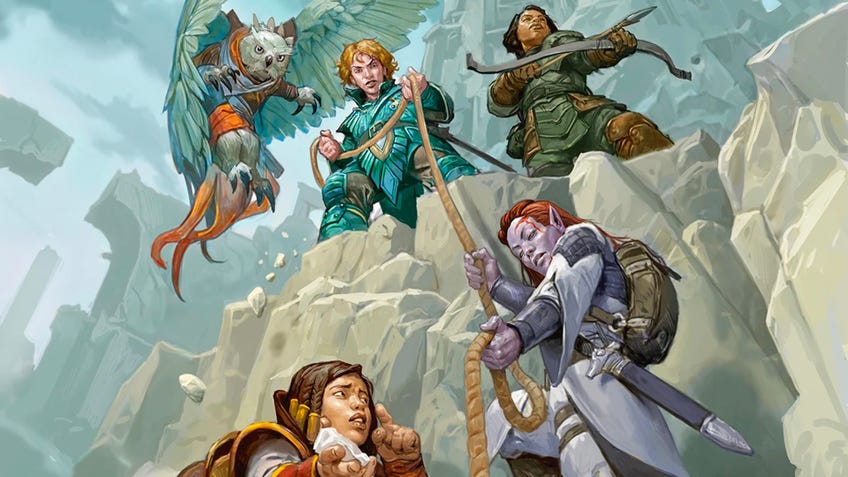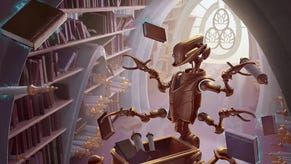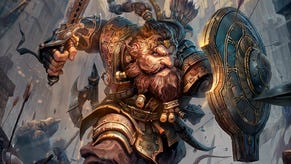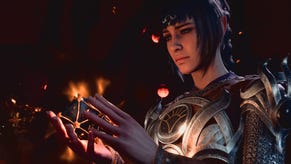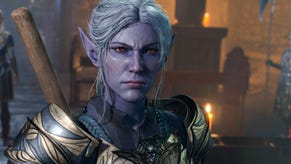D&D races and species guide: Which to choose in 5E
Pick between pointed ears, horns, tusks and more.
There are a large number of playable D&D races/species for players to choose from when creating their character. However, to keep things straightforward for newer players, we’ll just be covering the main races/species found within the Dungeons & Dragons 5E Player’s Handbook. There are nine races in D&D 5E proper, with many, many other playable races/species found in the various sourcebooks, adventure books and homebrew content released for the fantasy RPG.
Besides class, whichever D&D race you choose is arguably the other most important aspect of character creation in Dungeons & Dragons. Though the more commonly recognised term is races, its use in the tabletop roleplaying game is being phased out in favour of species in an effort to make the RPG more inclusive.
Core D&D races/species
Using the word race to describe beings that are sometimes entirely different from one another – such as having scales, fur, hooves or horns - is inaccurate and erases the potential for people within those species to be of different races: who can have varying skin tones, cultural and social factors that can be representative of their real-world players. The tabletop gaming community is a diverse one with players who shouldn’t feel erased because the options and appropriate terminology aren’t used. Furthermore, Dungeons & Dragons has an unfortunate history with using racially insensitive tropes that it has yet to shake off, take a lot of aspects of these races/species with a grain of salt.
The arrival of upcoming new edition One D&D, as well as options in recent D&D 5E sourcebooks that entirely ignore stat increases or decreases given to certain races/species, may see D&D’s races and species receive a major overall - so bear that in mind if you’re playing Dungeons & Dragons for the long-haul.
If you’re struggling to choose between playable races/species for now, here’s a summary of each one featured in the D&D 5E Player’s Handbook and why you should pick them.
1. Dwarves
Small but sturdy
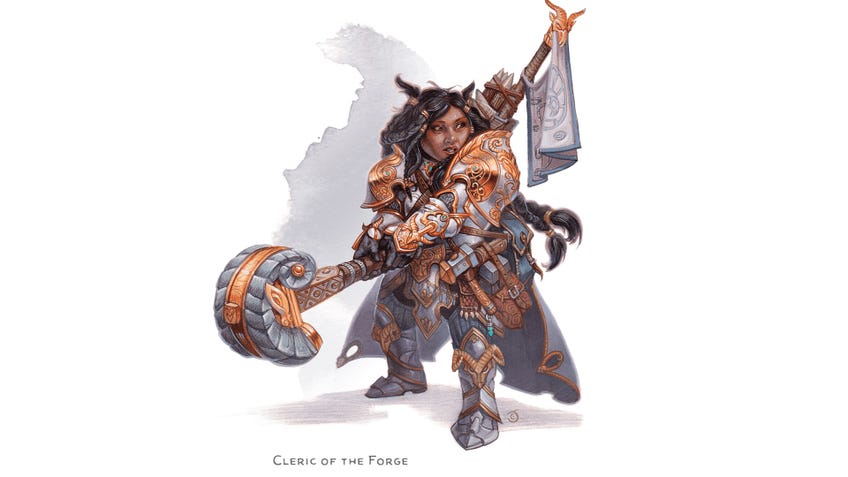
Dwarves in D&D are pretty much what you expect from many other examples of the fantasy species: shorter than an average human and good with a set of tools. D&D’s dwarves get a nice selection of features such as darkvision - dwarves can see in dim light for up to 60 feet, which is always handy to have - and, of course, a proficiency with a variety of tools.
Picking a dwarf is advisable when it comes to creating characters intended to take more damage, because their speed isn’t reduced by the armour they’re wearing. Additionally, they’re a fantastic choice if you’re looking to play a character who’s a dab hand with weaponry - such as a monk, fighter or barbarian – due to the fact that they are proficient in a fair number of weapon types.
Key dwarf features
- Increase to constitution score
- Medium size
- Darkvision
- Advantage on saving throws against poison
- Resistant to poison damage
If you’re after more resilience, pick a hill dwarf as you’ll get an increase to your maximum hit points, as well as an increase to your wisdom score.
If you’re more of a fighter, choose a mountain dwarf as they get additional strength and proficiency in both light and medium armour.
2. Half-orcs
Defend your friends and loved ones
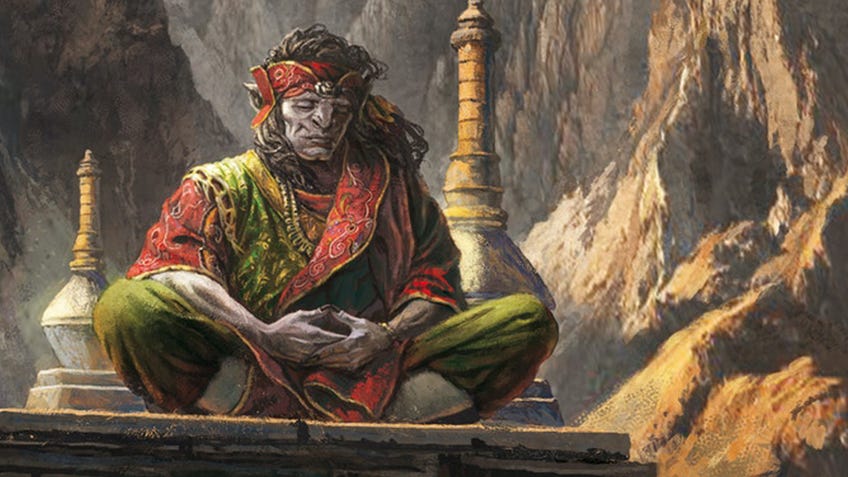
Half-orcs might not be as bulky as their full-blooded orc brethren, but if you’re looking to create a character who is stronger and hardier, then the half-orc is your best bet from the core D&D races/species. Their ability score increases feed into their strength and constitution, they have proficiency in intimidation, and automatically gain the Relentless Endurance feat - which prevents characters from falling unconscious when their hit points hit zero.
All these factors make half-orcs incredibly efficient frontline attackers, particularly of the physical kind as they get to deal out additional damage whenever they score a critical hit with a melee weapon. If you’re making a barbarian, fighter, monk or paladin, think half-orc.
Key elements
- Increases to strength and constitution scores
- Medium size
- Dark vision
- Proficiency in intimidation skill
- Initially fall to one hit point rather than zero
- Roll an additional damage die if you land a critical hit with a melee weapon
3. Elves
Long-lived and long-limbed

Elves are a better pick for characters who favour agility and magic, as their traits are more focused around those ability scores that assist these approaches. For example, all elves have an ability score increase to dexterity and have advantage on saving throws against being charmed.
Like dwarves, they also benefit from having darkvision and have automatic proficiency in perception - which is a great thing to have, regardless of character build. Depending on which variations of the D&D race/species you choose, elves can be a good pick for characters that sneak - like rogues or rangers - or characters that cast spells, like druids or wizards.
Key elements
- Dexterity ability score increase
- Medium size
- Darkvision
- Proficiency in perception
- Advantage against being charmed
If you’re more into the idea of creating a Merlin-type then high elf is definitely your pick, as you’ll get an increase to your intelligence ability score. They’re also a good shout for an elven monk or fighter, thanks to their broad weapon proficiency, including longsword, shortsword, shortbow and longbow.
If skulking is more your jam – which is great for rogues and rangers - then why not consider the humble wood elf? Not only are they fleet of foot, meaning faster than other elves, but they can also hide behind bad weather with Mask of the Wild. Alternatively, with that cheeky increase to your wisdom ability score, you could make a decent druid.
Otherwise, you could always choose a dark elf - or drow - a D&D species/race that has a controversial place in the fantasy RPG universe, considering they are canonically darker-skinned and were, until very recently, canonically universally evil. With D&D maker Wizards of the Coast moving away from associating entire species/races with a single morality, there’s less to be wary of when choosing to make a drow character. The elven species is a brilliant pick if you’re planning to make a character that casts using charisma, such as sorcerers or bards. However, they also suffer disadvantages on perception checks made in the sunlight.
4. Halflings
Half the size, all the skill
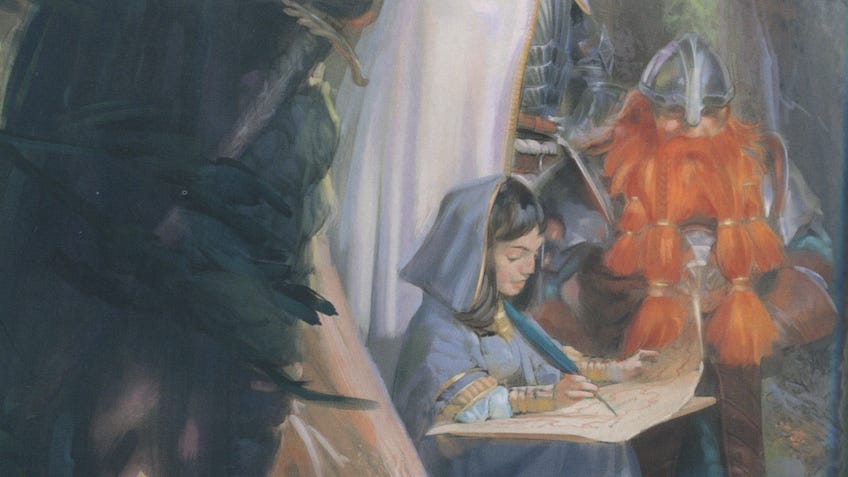
Halflings are often overlooked by the average D&D player, which is a shame because they're surprisingly versatile. Obviously, they’re a great choice for those seeking something nimble, as they literally have a trait called halfling nimbleness - they can be great rogues and rangers. They also make incredibly reliable damage dealers, believe it or not, because of their luck and Brave trait, which makes them more likely to hit and less likely to run away.
Key elements
- Increase to dexterity ability score
- Small size
- If they roll a one while attacking, they can choose to roll again
- Have advantage on saving throws against being frightened
- Can move through a space occupied by anyone a size larger than you
If a spellcasting halfling is what you’re going for, you’d be better suited to pick the lightfoot version of halfling, because you get an increase to your charisma score. This is also the better choice if you’re planning on sneaking around anywhere, as lightfoot halflings can also hide behind larger creatures.
Alternatively, you can choose something more suitable for fighting. That’s the stout version of halfling. With a higher constitution score, and resistance to poison damage, the stout option is a more well-rounded choice.
5. Humans
Anything but average
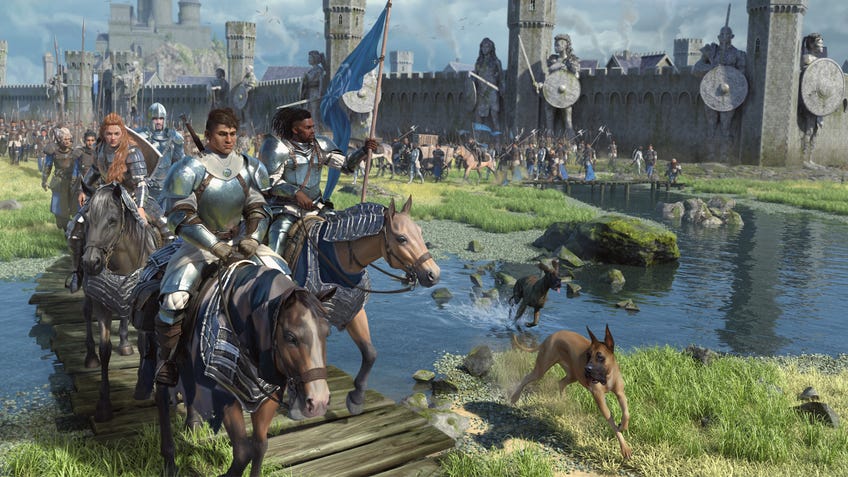
It’s tempting to avoid picking a human just because they might seem like the most boring choice – and, in many cases, they are. However, they’re possibly the most interesting of all the D&D races/species simply because they enable players to make so many different options.
Thanks to their ability score increase trait, human characters automatically add one to each ability score, meaning that theoretically any character build can work. Alternatively, if your dungeon master allows it, you can choose to exchange your ability score increase to learn one skill and one feat of your choice, alongside an increase to just two ability scores of your choosing.
Humans are an especially good choice if you’re still unsure of what you’d like your character to specialise in, as picking them won’t have any negative impact on what you choose class-wise.
Key features
- Plus one to every ability score
- Medium size
- Language of your choice
6. Dragonborn
Time to tip the scales
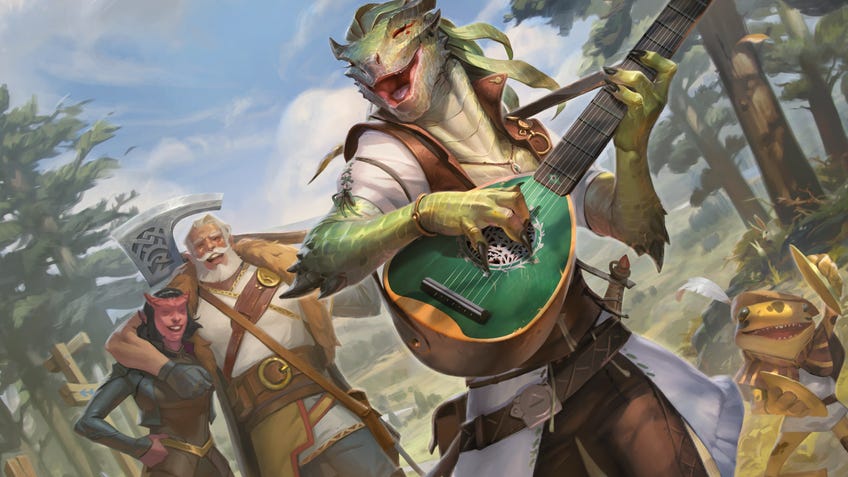
Dragonborn are undeniably one of the most powerful species/races to play as in D&D. Not only do they get a double increase to their strength ability score, atop a +1 to their charisma ability score, but dragonborn also get some serious firepower from their Draconic Ancestry trait in the form of a breath weapon and a damage resistance.
The species/race is a fantastic choice for anyone wanting to create a beefy damage-dealer, such as a barbarian, cleric or fighter. What’s more, the wide array of draconic heritages enable you to customise your dragonborn far more than the other variations included in the Player’s Handbook.
Key features
- Increase to strength and charisma ability scores
- Medium size
- Breath weapon
- Damage resistance
7. Gnomes
Tiny titans
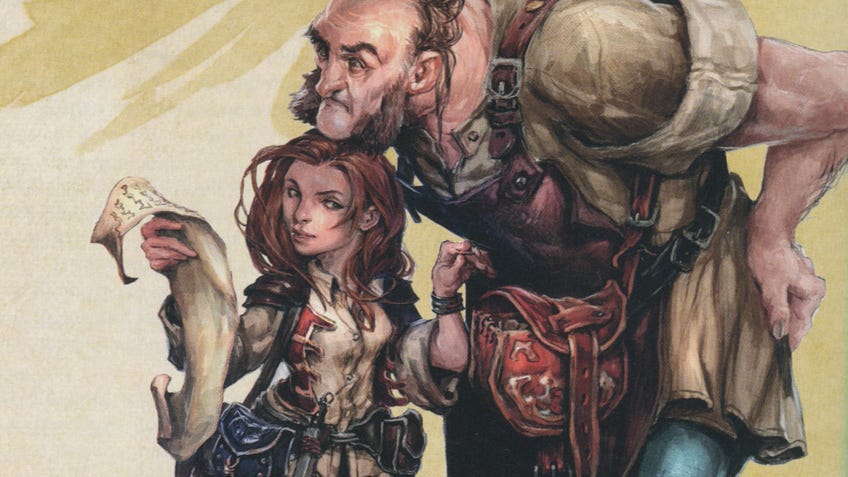
Gnomes can be hard to take seriously. After all, they’re so small it’s hard not to laugh them off. However, gnomes are not to be underestimated. The automatic increase they get to their intelligence ability score enables gnomes to be formidable foes to other spellcasters. The advantage on all charisma, wisdom and intelligence saving throws – meaning that they get to roll twice and take the higher roll – adds to this strength against spellcasters.
Gnomes aren’t generally a good pick for the more physical classes as they’re very small, instead they lean more towards spellcasters and dexterity-based classes, such as rogues, monks and rangers.
Key features
- Increase to intelligence ability score
- Small size
- Dark vision
- Advantages on all charisma, wisdom and intelligence saving throws
Forest gnomes get an increase to their dexterity ability score, the ability to cast minor illusions from the get-go and even the chance to talk to small animals. If you want to build a rogue or monk, consider picking a forest gnome.
Rock gnomes, meanwhile, rely more on their smarts and sturdiness, with an increase to their constitution ability score and the ability to apply additional proficiency bonuses to intelligence checks regarding magical items, alchemical substances or technological devices. Rock gnomes also have the ability to make clockwork devices.
8. Half-elves
Neither one nor the other, with benefits from both
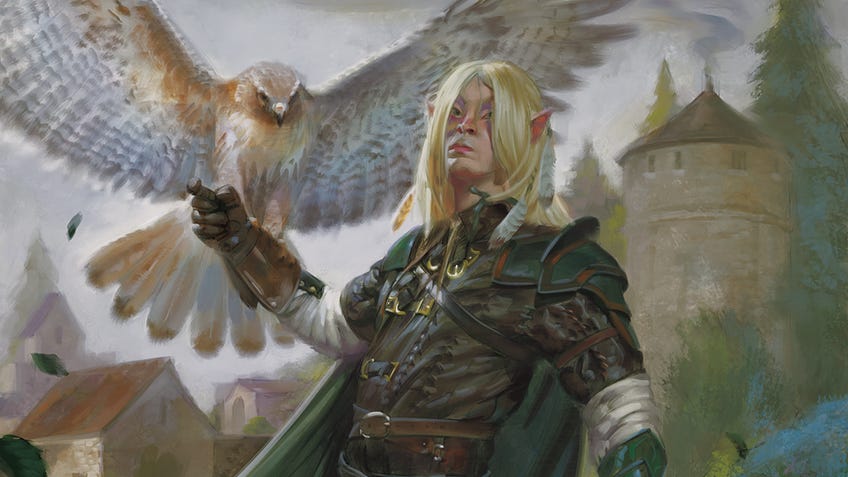
Half-elves exist as a muddled middle-ground between the inoffensive human and ostentatious elf. Despite not getting any increases to ability scores, half-elves do benefit from their elven side-ancestry via gaining the ever-useful darkvision trait and advantages to saving throws against being charmed.
However, being half-human, half-elves can gain proficiency in two skills of their choice. This essentially makes half-elves a slightly more specialised choice than the human, whilst still leaving them vague enough to mould into whatever you want. There’s potential to imbue somewhat one-note classes like barbarians with a bit more pizzazz, or you could double up on the proficiencies with a bard.
Key elements
- Medium size
- Dark vision
- Advantage on saving rolls against being charmed
- Inability to be magically put to sleep
- Ability to learn two additional skills
9. Tieflings
Horned and dangerous
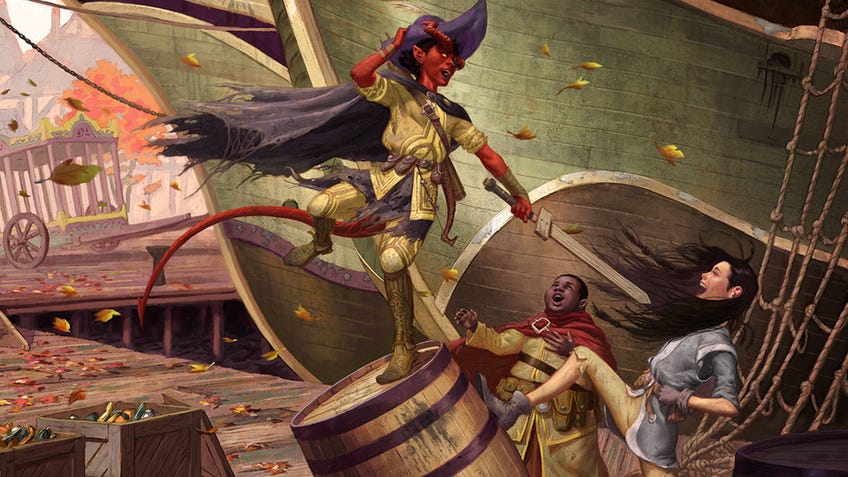
Arguably the most magically inclined of all the main D&D species/races, tieflings have some pretty unique spell-related traits, such as increases to intelligence and charisma ability scores, and the ability to cast the Thaumaturgy cantrip from the off - which enables the user to create cool little visual and audio effects. Tieflings also gain a variety of spells from increasing levels as they grow. In addition to this, tieflings gain resistance to fire damage and darkvision.
Tieflings are a good choice of D&D race/species if you want to create a strong spellcaster, particularly classes that use charisma to cast such as sorcerers, warlocks and paladins.
Key elements
- Increases to intelligence and charisma ability scores
- Medium size
- Darkvision
- Resistance to fire damage
- Knows Thaumaturgy straight away
- Gains additional spells at levels three and five
Need more help with D&D? For help crafting the perfect character head to our guides on the D&D 5E bard class, Druid class and Cleric class. Or, if you need a hand planning your next adventure, make sure you read our lists of the best D&D map makers and best virtual tabletops.
